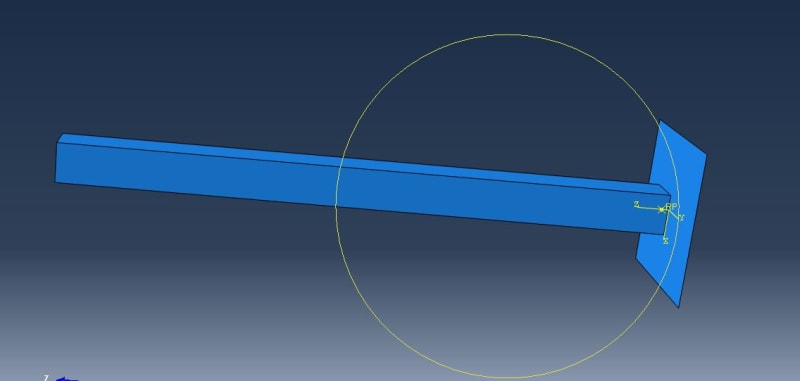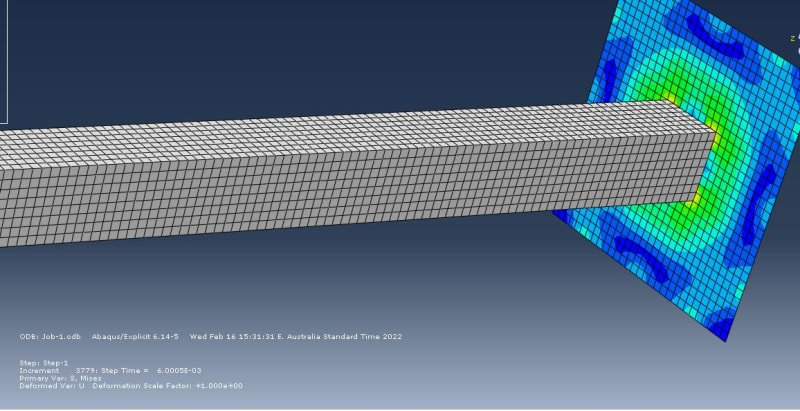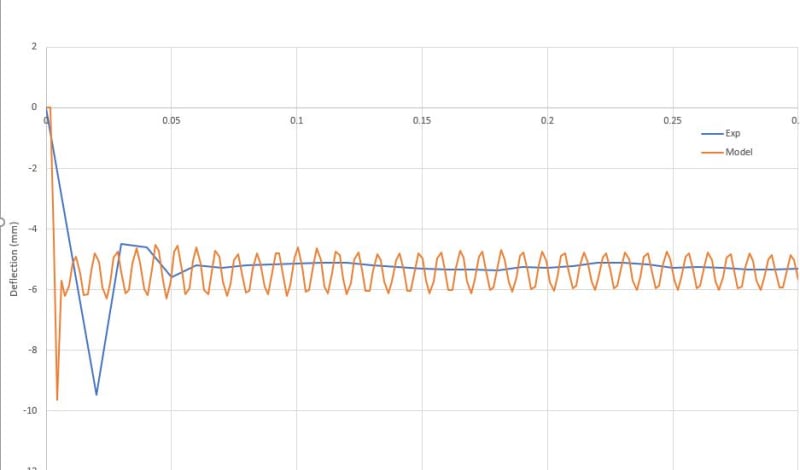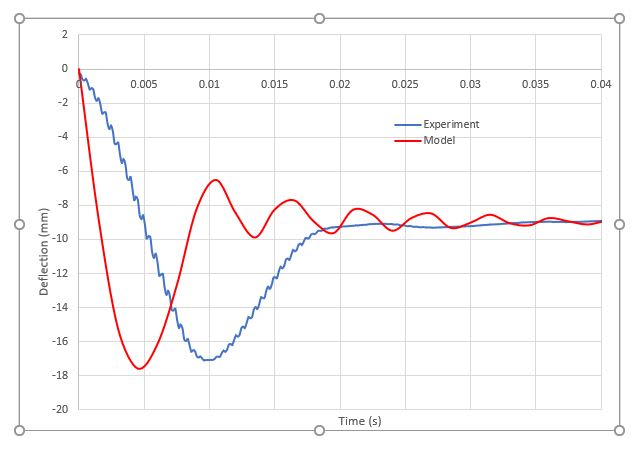Hussain2339
Civil/Environmental
- Jun 4, 2021
- 59
Dear all,
I am simulating the Impact of Timber Projectile on an Aluminum Panel.
The value of maximum deflection I get is quite close to experimental but the time is almost 10 times (See the pic attached).
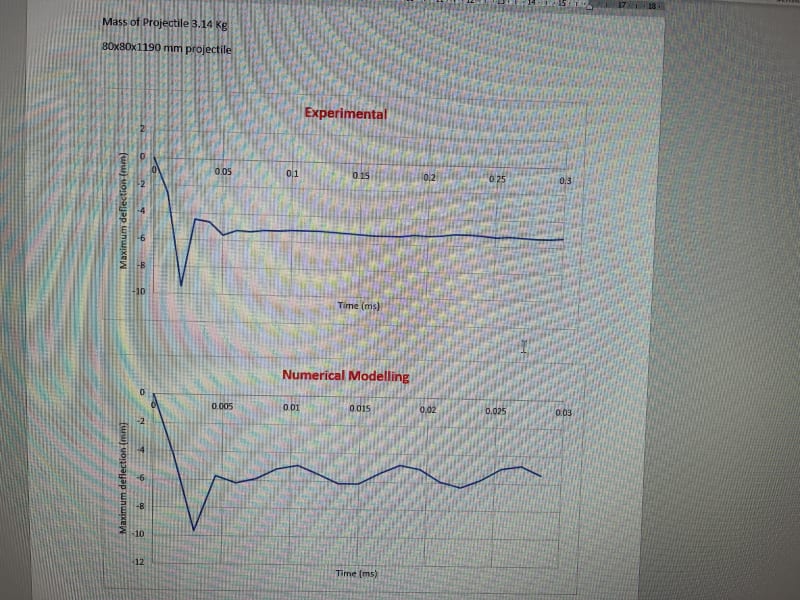
I am simulating the Impact of Timber Projectile on an Aluminum Panel.
The value of maximum deflection I get is quite close to experimental but the time is almost 10 times (See the pic attached).


